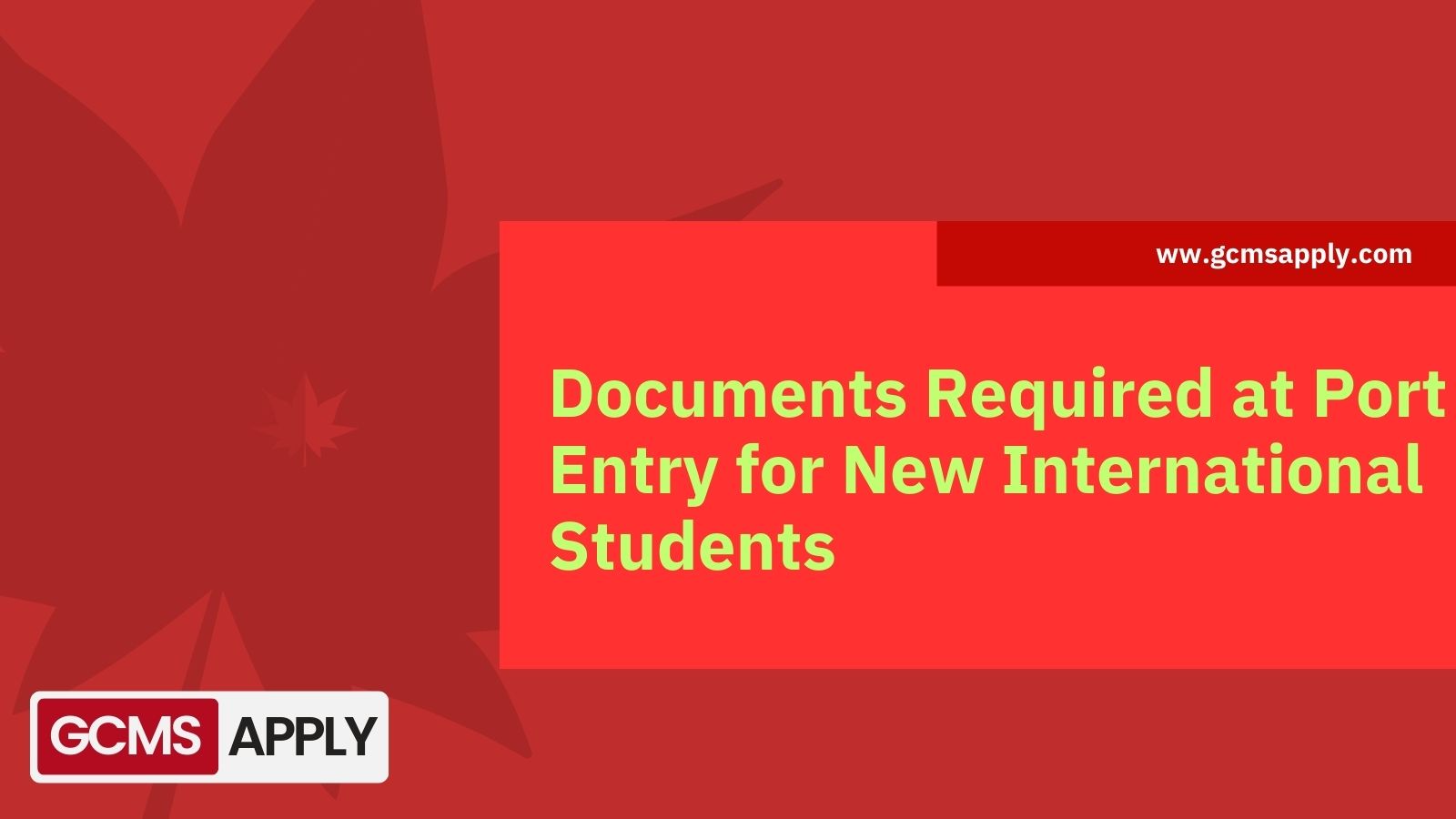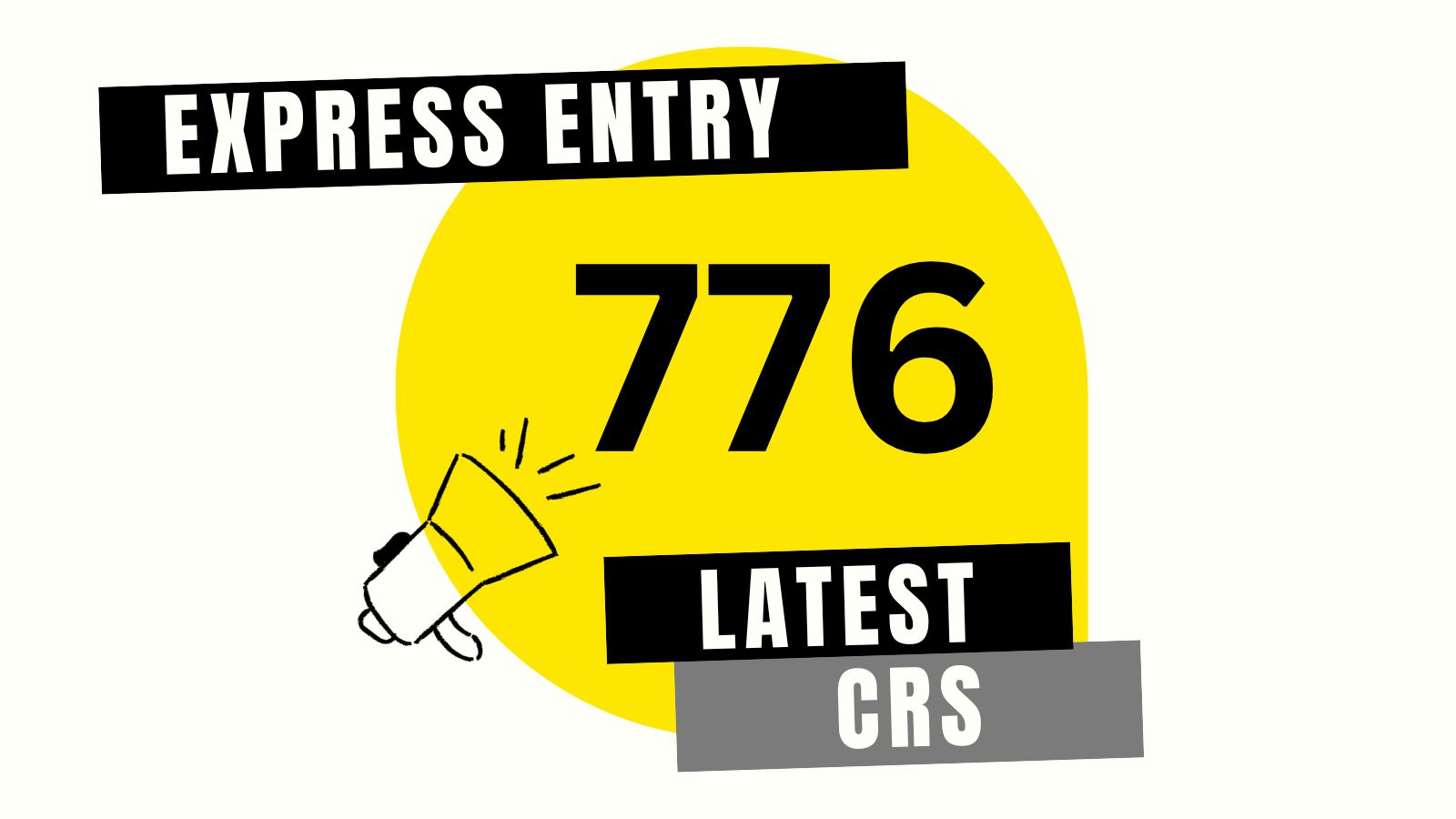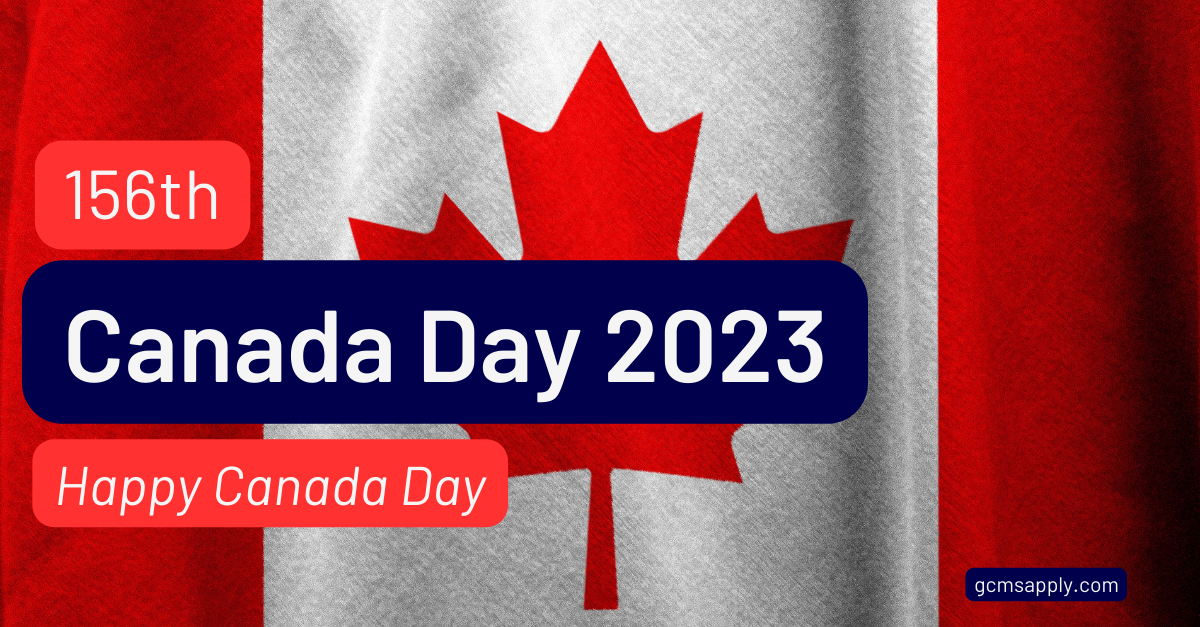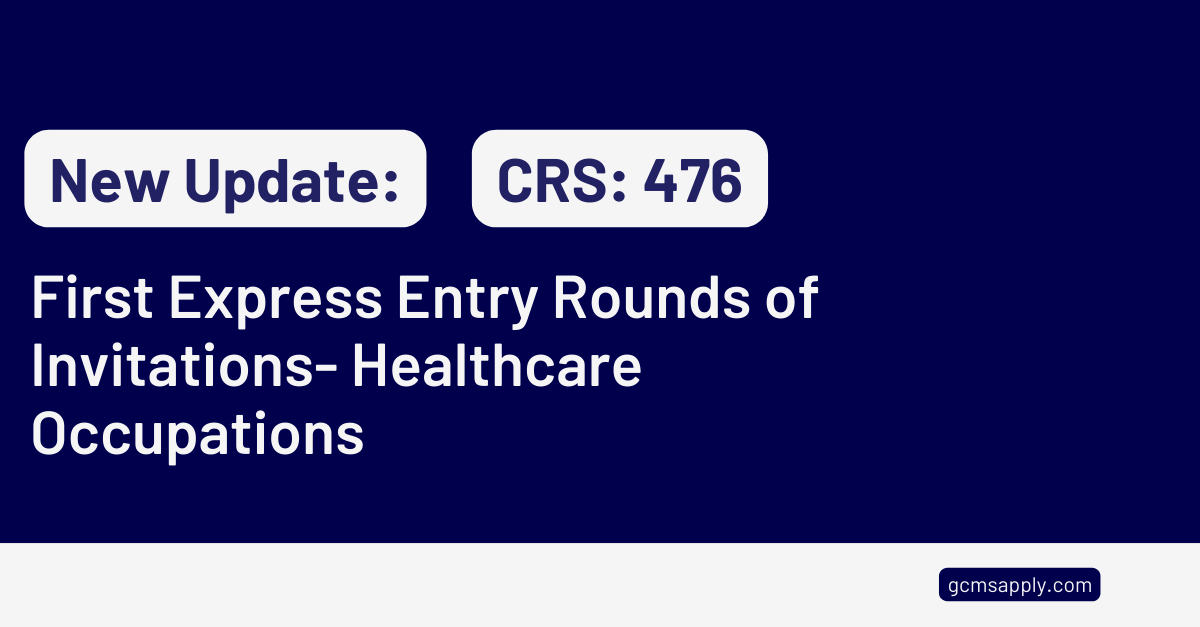Canada Immigration
Parents and Grandparents Canada Visa Program Set to Reopen This Fall
Parents and Grandparents Program Set to Reopen This Fall
Express Entry Rounds of Invitations- All Category- August 2023
Express Entry Rounds of Invitations- All Category Draw for August 2023
List of Documents Required at Port of Entry for New International Students
In a crucial guide for incoming international students, the Canada Border Services Agency (CBSA) has compiled a comprehensive…
First Express Entry Draw for Trade Occupations Category with CRS Cut-Off at 388 Points – August 3, 2023
First Express Entry Draw for Trade Occupations Category with CRS Cut-Off at 388 Points. Held on August 3,…

Express Entry Invitation Round Summary – October 24, 2023
Here is a summary of the latest Express Entry invitation round held on October 24, 2023, for the…
Express Entry Invitation Round Summary – October 10, 2023
Express Entry Invitation Round Summary – October 10, 2023




















